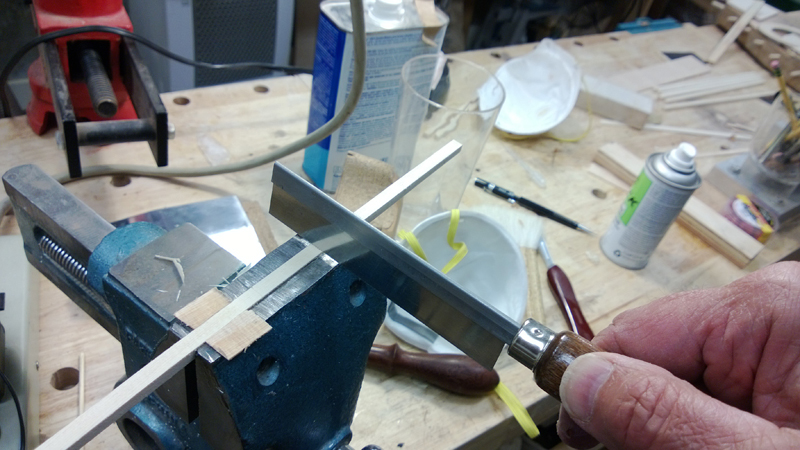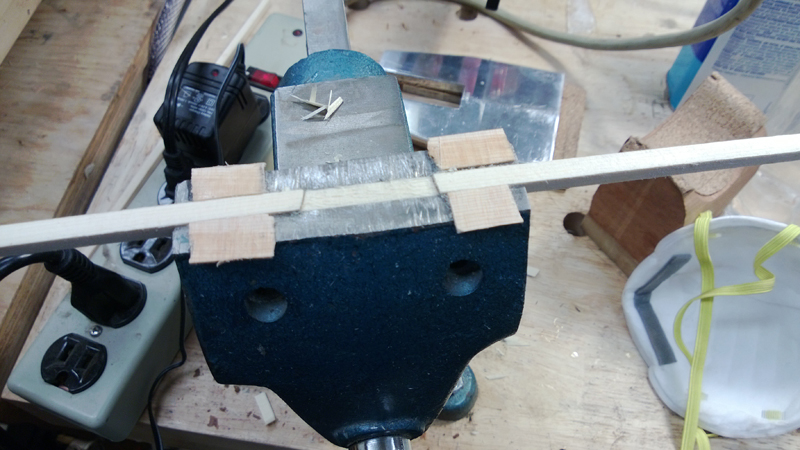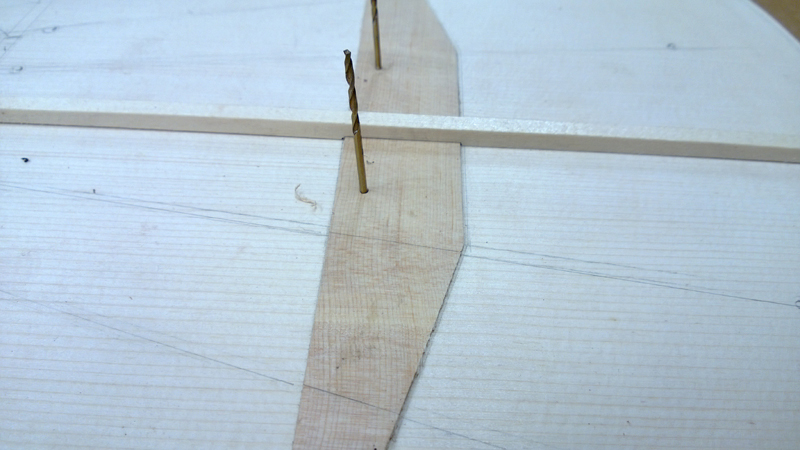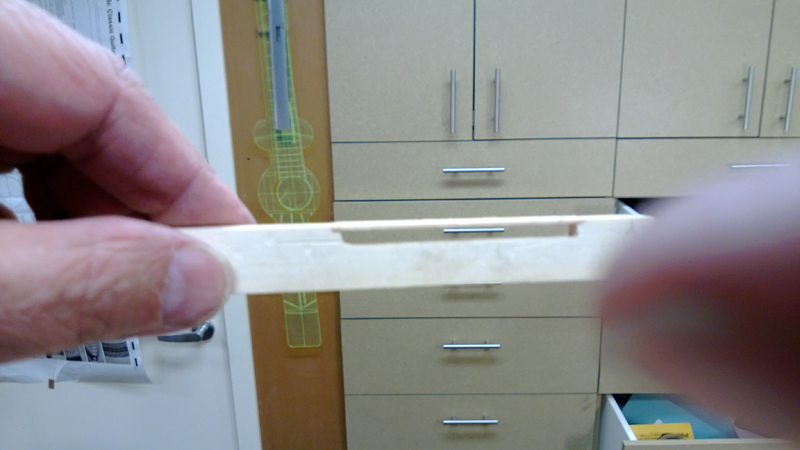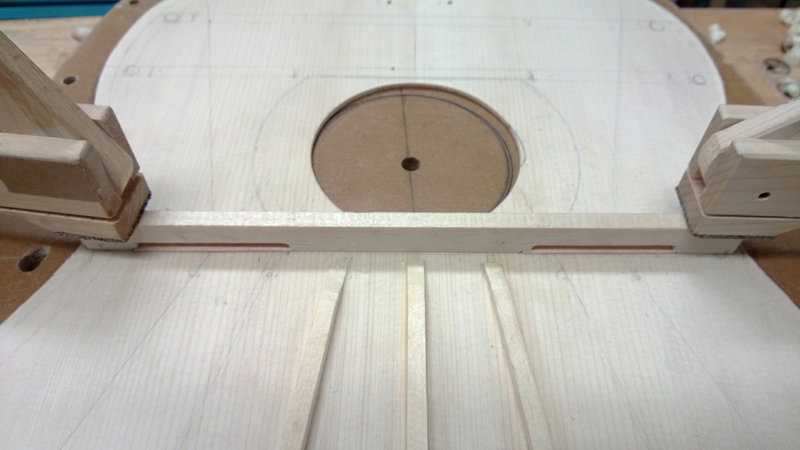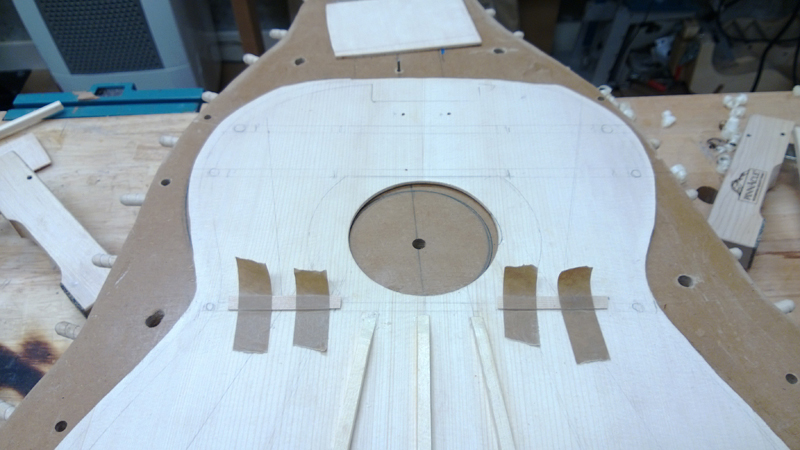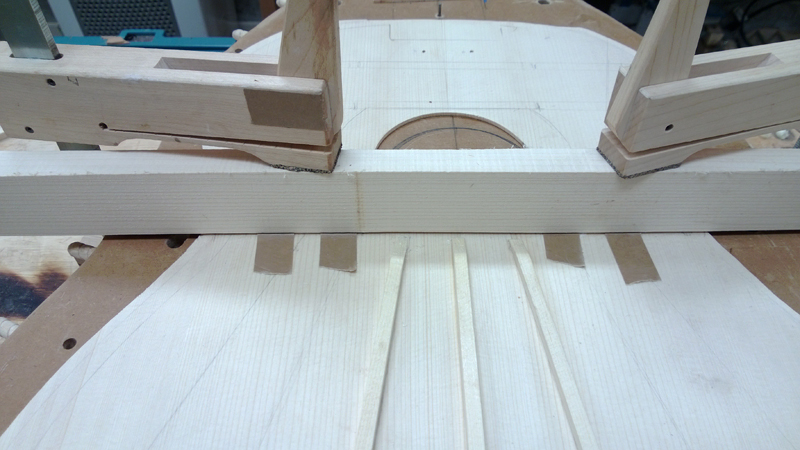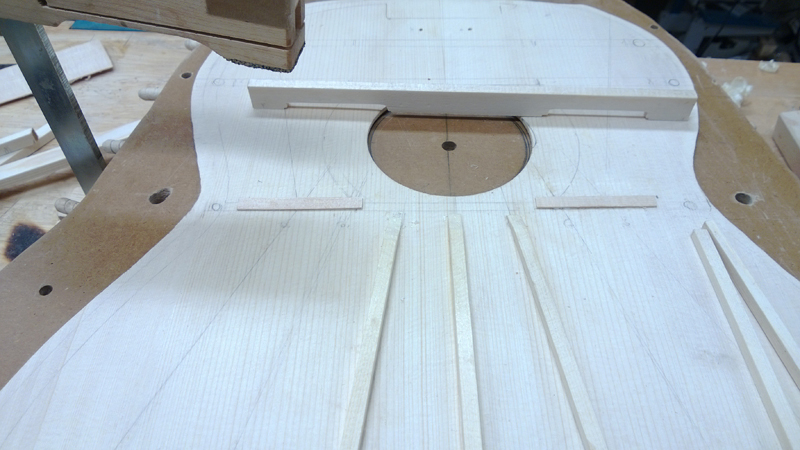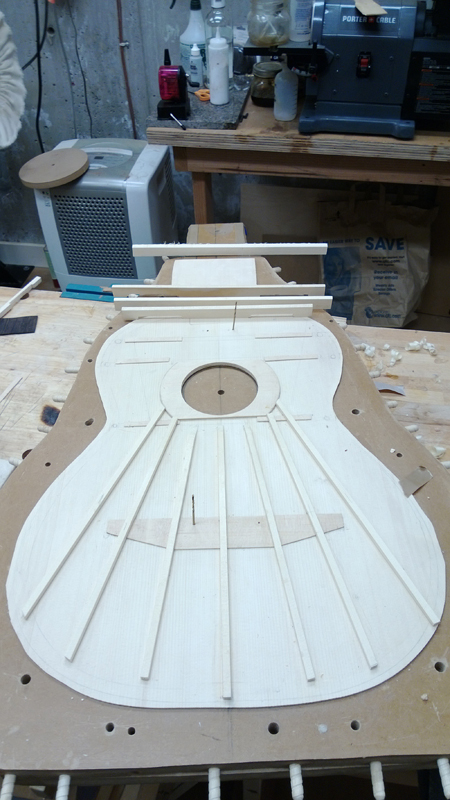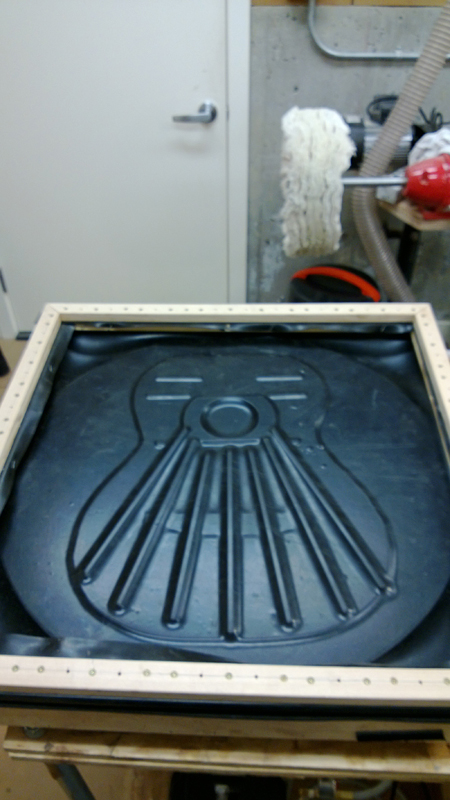Page 3 of 10
Re: Starting # 11 a Hauser\Tored\Jeff Elliott Guitar
Posted: Sat May 25, 2013 8:19 pm
by Dave Bagwill
Good save John.
Re: Starting # 11 a Hauser\Tored\Jeff Elliott Guitar
Posted: Sun May 26, 2013 4:39 pm
by John Parchem
Re: Starting # 11 a Hauser\Tored\Jeff Elliott Guitar
Posted: Sun May 26, 2013 5:54 pm
by Dave Bagwill
This is an interesting thread, thanks.
Question: the theory of the x-brace is that it allows for the rocking motion of the bridge, side-to-side and forward-and-back. The theory of the ladder brace is that it provides for a strong fundamental, but loses the overtones and can make for shrill trebles; when done well, of course, it sounds just fine if that is the sound one is going for.
The classic fan-braces look like something in-between: nothing ladderlike, nothing x-like, exactly. My question is why the x-brace, with a properly tuned assembly, would not work for classical guitars as well. Or vice versa - fan frets for flattop guitars.
Re: Starting # 11 a Hauser\Tored\Jeff Elliott Guitar
Posted: Sun May 26, 2013 6:14 pm
by ken cierp
Steve Klien had an article in (I think Acoustic Guitar Mag.) --- The essence was, braces are simply a structural element and placement and design had little to do with sound reproduction -- lighter the better -- Kaman agreed -- Ovation steel string guitars have fan bracing. Kaman used acoustic and vibration testing equipment designed to test helicopter components. Scientists that trashed Michael Kasha's designs said the same thing --- and don't forget there are some prized guitars that merely have a couple of ladder braces --- go figure?
Re: Starting # 11 a Hauser\Tored\Jeff Elliott Guitar
Posted: Sun May 26, 2013 6:29 pm
by John Parchem
deadedith wrote:This is an interesting thread, thanks.
Question: the theory of the x-brace is that it allows for the rocking motion of the bridge, side-to-side and forward-and-back. The theory of the ladder brace is that it provides for a strong fundamental, but loses the overtones and can make for shrill trebles; when done well, of course, it sounds just fine if that is the sound one is going for.
The classic fan-braces look like something in-between: nothing ladderlike, nothing x-like, exactly. My question is why the x-brace, with a properly tuned assembly, would not work for classical guitars as well. Or vice versa - fan frets for flattop guitars.
Classical guitars have half the string load of a SS so they do not need the very effective X brace. But with only half of the load they need to make the most out of the load that they have, so the very light fans work well. Long ago I think Martin did make some nylon string guitars with x-braces. From what I remember reading they did sound that good. The fans do not carry much of the load as the huge transverse braces carry most of the load. Classical guitars strung up with steel strings tend to fold up on themselves in very little time.
Hauser and Torres guitars have a pretty defined sound, luthiers have tweaked the bracing patterns trying to get more concert volume while maintaining the sound. There are newer designs that go away from the nuanced and responsive sound that a good guitarist can get from this style of classical guitar for a cleaner more powerful sound, lattice braced, carbon fiber tops ... This fan braced design is meant to capture a fairly defined sound, while still providing concert volume.
Re: Starting # 11 a Hauser\Tored\Jeff Elliott Guitar
Posted: Sun May 26, 2013 6:47 pm
by Dave Bagwill
I'm attaching a pic of the bracing on an old Harmony Sovereign - those guitars (the flattops) can sound wonderful, amazingly, looking at the amount and size of the bracing, and they were all ladder braced until sometime in the 70's.
Not trying to hijack the thread John! - it's just that the picture of your fan braces brought some questions to mind.
How to account for a great sound with the amount and style of those braces is beyond me.
Re: Starting # 11 a Hauser\Tored\Jeff Elliott Guitar
Posted: Sun May 26, 2013 8:23 pm
by John Parchem
Dave,
Wonderful is subjective, how would the harmony sound in a concert hall unamplified next to a martin dread ... Also a great sounding electric is a horrifying sounding classical. I think there are unlimited styles of guitar that can sound great in the right environment and with the right music. The bracing patterns matter when you want as close to a particular sound as possible. The fan pattern grew out of a desire for no bracing but the necessity for some structure.
